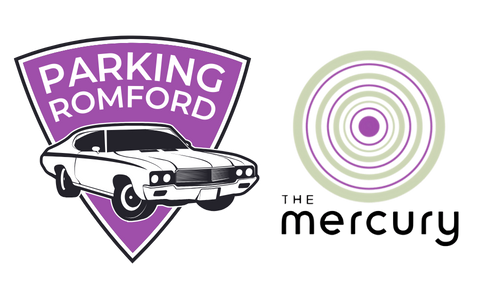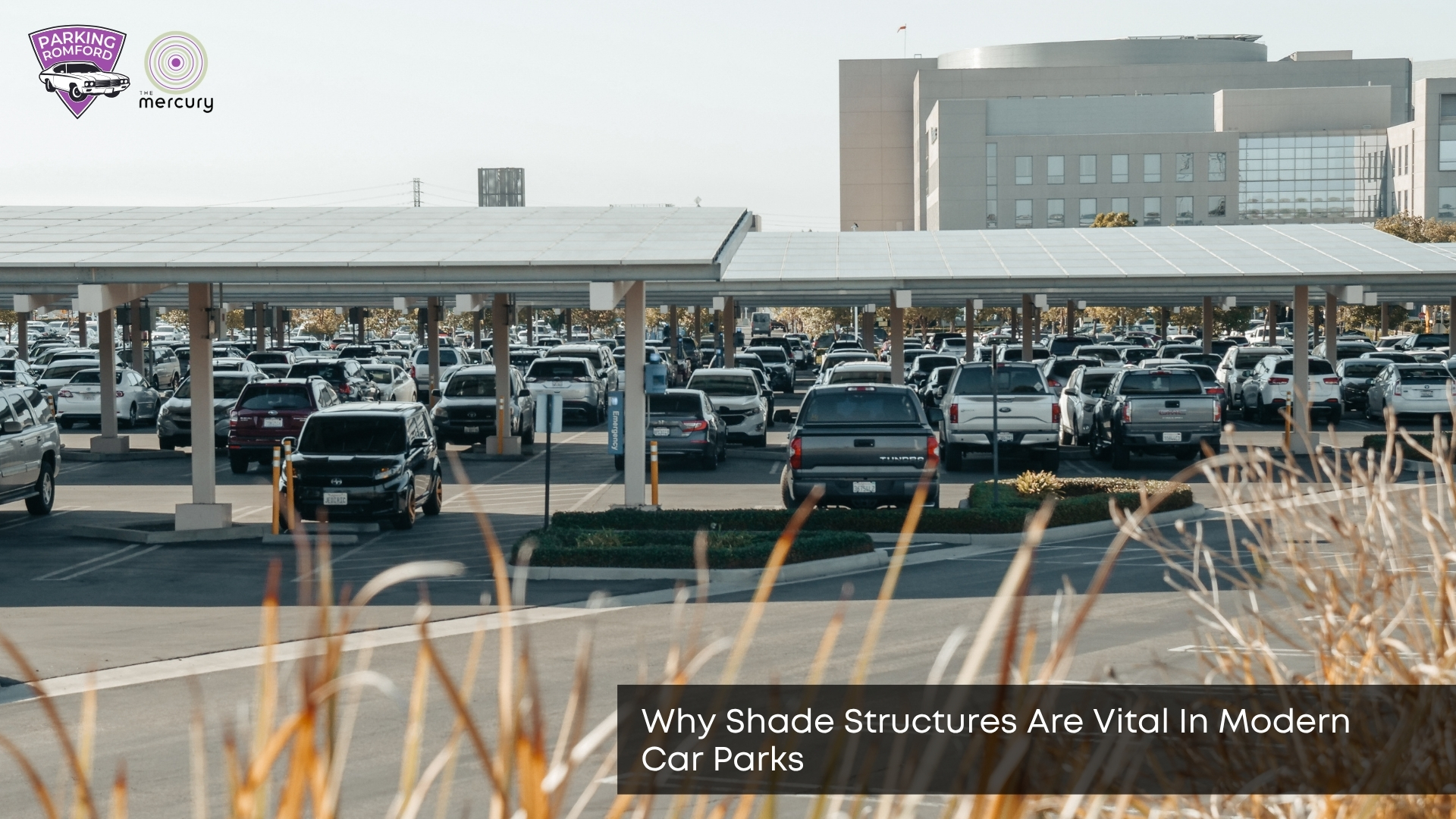Shade structures are becoming more common in car parks across the UK as more drivers and developers recognise their practical benefits. These canopies or covered sections not only improve comfort but also protect cars from weather damage. Many modern car parks now include shaded areas to stay competitive and meet customer expectations. From heat reduction to aesthetics, shade structures offer clear value. But what exactly makes them so essential in today’s parking environments?
What Are Shade Structures in Car Parks?
Shade structures in car parks are physical covers designed to protect vehicles and people from direct sunlight and adverse weather conditions. They come in various forms, including metal canopies, tensile fabric covers, and solar panel roofs. These structures are typically installed over parking bays or pedestrian zones. They can be freestanding or integrated into the building’s design. Their growing popularity has led many to consider their broader role in car park design.
Why Do Car Parks Need Shade in the First Place?
Car parks need shade because prolonged sun exposure can cause discomfort, surface damage, and higher temperatures inside vehicles. Without cover, cars parked for long periods are prone to overheating, faded interiors, and even battery issues in hot months. For users, shaded areas make it easier to enter and exit vehicles without extreme heat. This enhances the overall experience, particularly in busy urban or retail settings. These needs have made shade an increasingly expected feature.
How Do Shade Structures Protect Vehicles and People?
Shade structures protect vehicles by reducing exposure to UV rays, bird droppings, tree sap, and sudden weather changes. They also offer shelter to drivers and passengers when entering or leaving their cars during rain or intense sun. This added comfort encourages repeat visits in commercial settings, such as shopping centres. The structures also help reduce glare and surface heat on walkways. Their presence contributes to a safer and more user-friendly environment, especially in larger car parks.
Can Shade Help Lower Car Park Surface Temperatures?
Yes, shade can significantly reduce surface temperatures in car parks. Shaded areas absorb or reflect heat rather than trapping it, resulting in cooler asphalt or concrete underneath. This cooling effect makes walking more comfortable and helps preserve parking line markings. It also minimises the heat island effect common in urban environments. As cities grow denser, temperature control is becoming an increasingly important aspect of car park planning.
Do Shade Structures Improve the Life of Your Vehicle?
Yes, parking under a shaded structure helps extend your car’s lifespan. Constant exposure to UV rays can cause paint to degrade, crack dashboards, and weaken rubber seals. Shade reduces the need for excessive air conditioning use, lowering fuel or battery strain. Protecting your vehicle from environmental wear translates into fewer repairs over time. The long-term preservation of your car’s appearance and functionality is one of the biggest incentives for using shaded bays.
Are Shade Structures Beneficial for Electric Vehicle Areas?
Yes, shade structures are especially useful in electric vehicle (EV) parking zones. Keeping EVs cool helps maintain battery performance and avoids overheating during charging. Many shaded car parks also use solar panels to power EV chargers, making them eco-friendly and cost-efficient. The dual benefit of shelter and energy generation supports green infrastructure goals. As EV adoption increases, combining shade with smart charging solutions will likely become a standard practice.
What Materials Are Used for Modern Car Park Shade?
Modern shade structures are made from steel, aluminium, tensile fabrics, and sometimes photovoltaic panels. The choice depends on budget, design, and intended use. Steel and aluminium offer strength and durability, while fabric shades allow more creative shapes and airflow. Some designs integrate lighting or solar modules for added efficiency. Material selection also impacts maintenance, lifespan, and resistance to weather conditions, which planners must weigh carefully.
How Do Shade Designs Affect Accessibility and Layout?
Shade designs can improve or complicate accessibility depending on their placement and height. Well-designed structures provide ample clearance for vehicles while maintaining a clear line of sight for pedestrians and signage. Posts and pillars must be placed to avoid blocking entrances, walkways, or accessible routes for people with disabilities. Smart planning ensures that shade enhances rather than hinders the layout. Accessibility is a key consideration for any car park aiming to serve all users equally.
Do Shaded Car Parks Offer a Better User Experience?
Yes, shaded car parks offer a more comfortable and welcoming experience. Users appreciate reduced glare, cooler interiors, and protection from rain or snow. This comfort can lead to longer stays and increased satisfaction in retail or leisure settings. In residential or office car parks, it adds a touch of professionalism and thoughtfulness. Shade structures are increasingly seen as an investment in user happiness, not just infrastructure. For broader Romford car parking insights, comfort and efficiency go hand in hand.
Are Shade Structures Worth the Investment?
Yes, shade structures often pay for themselves over time through improved user retention, vehicle protection, and energy savings. Although initial installation costs can be high, the benefits they bring, such as reduced maintenance, improved temperature control, and even advertising space, add long-term value. Businesses and councils alike are now factoring shade into their budgeting. This shift reflects the growing demand for higher standards in parking facilities.
Can Shade Structures Add Value to Commercial Properties?
Yes, commercial properties with shaded parking are seen as more modern and user-focused. They can attract more customers, tenants, or visitors by offering a better overall experience. Shaded areas can also increase the usable hours of a car park by making it more bearable during hot or wet weather, especially when deciding where to park in Romford for comfort and coverage. In some developments, shaded bays can justify premium pricing or lease terms. Property developers view shade as a feature that enhances site value and appeal.
Why Shade Is No Longer Optional in Car Park Design
Shade structures have evolved from a nice-to-have to a crucial feature in well-designed car parks. Car park ventilation and health is equally important in creating a space that users value and return to. From commercial complexes to public facilities, shade plays a major role in shaping how we use and value parking spaces. With these benefits in mind, modern planners are making shaded car parks the new standard, not just a luxury.


Leave a Reply